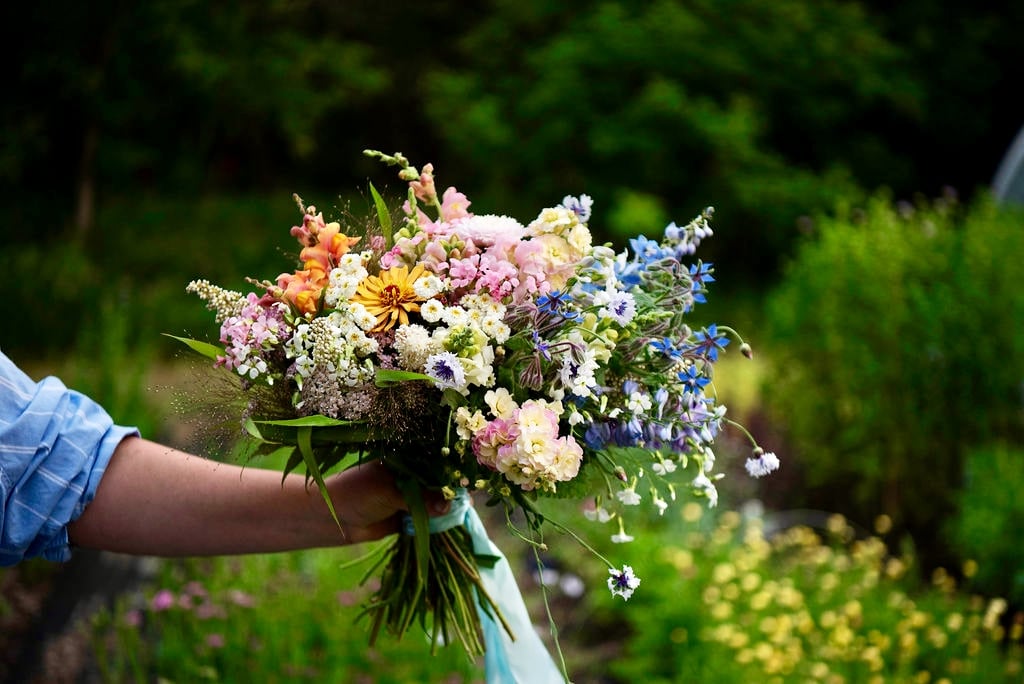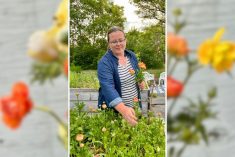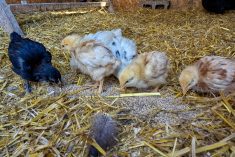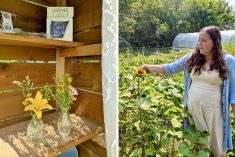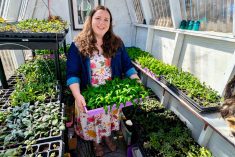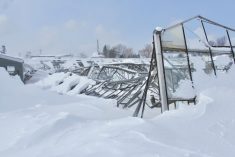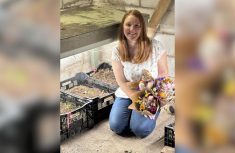After four years running a flower farm, Kristen Raney is getting to know her business clientele better each year.
Experimenting over the years with the sandy soils of her Clavet, Sask., farm means that she’s feeling confident this summer’s brides and grooms will love what she has to offer.
She supplied her first 2025 wedding couple with flowers on the first weekend in June. She says that early in the season couples must be flexible with what she is able to grow at that time of year in Saskatchewan.
Read Also
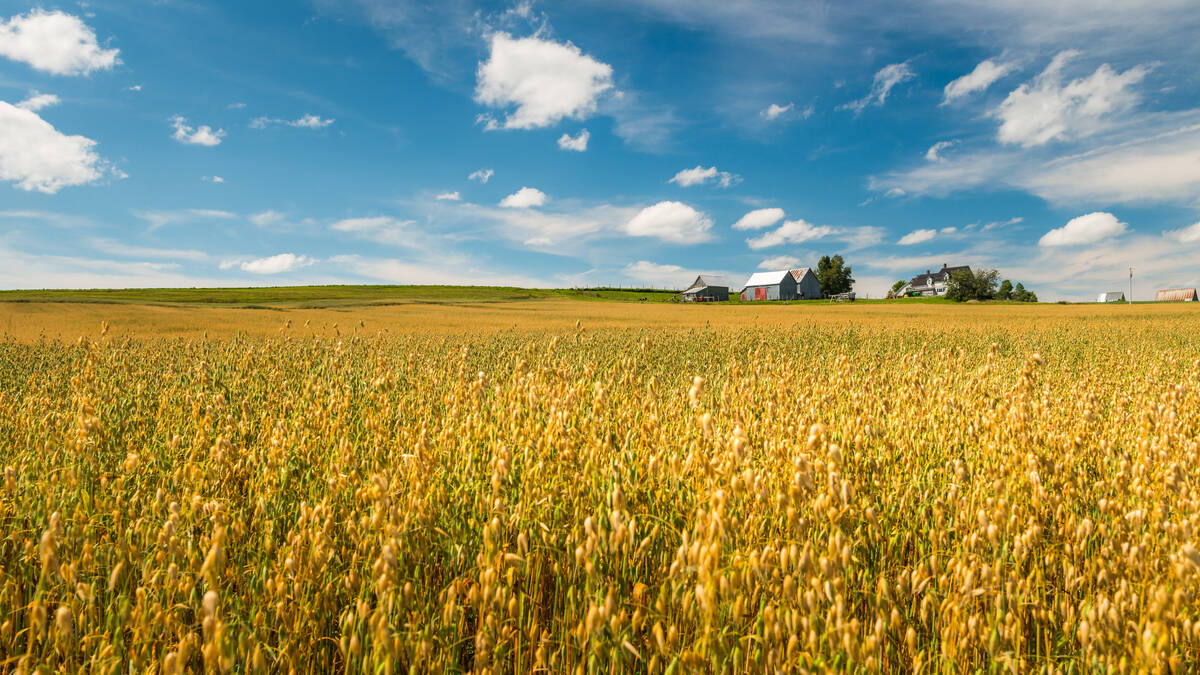
Risk management for the farm means considering people, too
Wheat fields in New Brunswick, Canada.
For instance, lilac season was already winding down, but her April crops of anemones and tulips were ready to go, and Raney was excited to supply 100 per cent of the flowers for the small, early June wedding.
For a wedding scheduled for the following weekend, Raney says she filled half the order with her own stock and purchased the rest to ensure an adequate supply. Fortunately, she was booked to attend a local market the same weekend, so she was able to sell leftover flowers.
By the third week of June, Raney has more flowers to work with, including peonies. More of what she planted in April is also ready to use.
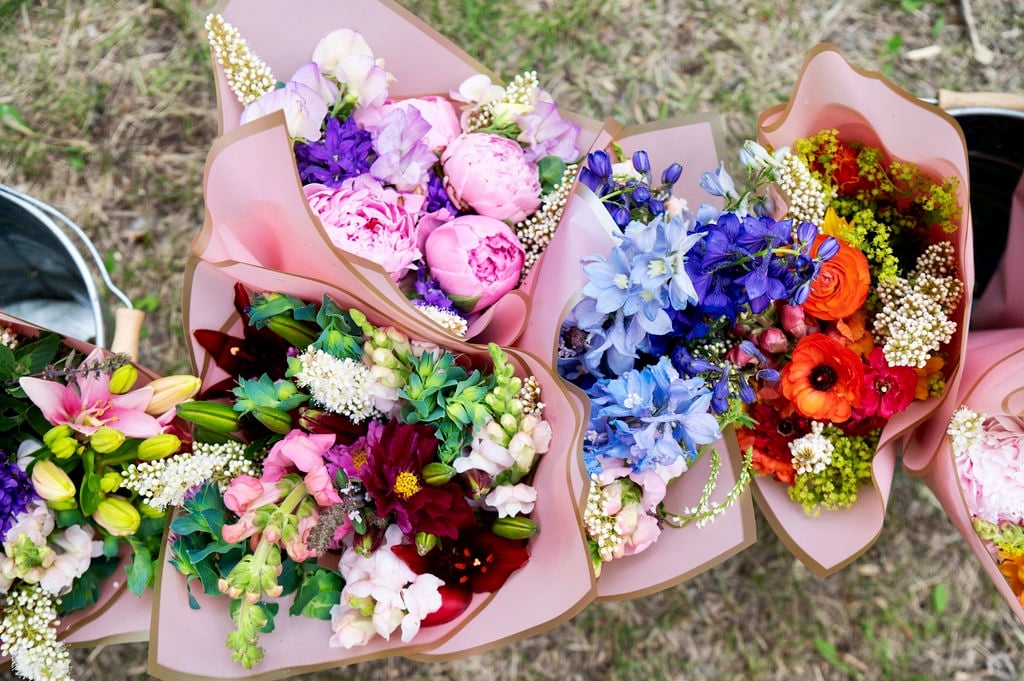
At this time of year, 70 per cent of her plants are in the ground. The remaining 30 per cent is still in her basement or greenhouses or comprises part of her successive planting schedule that is ongoing until July 15.
Experimenting also means that she knows what she needs to do to ensure her crops survive in this type of soil and environment. For example, she says that some varieties need a bit more hardening up so that they can survive transplanting into the garden space while others require a more consistent water supply than her sandy soils can offer.
“I find it really hard to direct sow anything, because I just can’t keep the soil wet enough for long enough to get decent germination,” says Raney.
Raney’s June morning routine now differs from earlier in the season. After getting her kids off to school and daycare she still spends most of her morning (and afternoon if the heat is manageable) in the garden, but now that some of her early spring crops have started to bloom, she has added a morning flower harvest to her to-do list, along with the usual planting, watering and weeding.
Blooms can last for about two weeks when stored in her flower fridge, so she uses them for upcoming markets (three in June alone) or custom bouquets which she sells at her farm stand.
The stand is located at the end of her driveway, and she compares it to the free little libraries found across the country. With small kids at home, Raney wanted a way to cut back on market appearances while still being able to sell produce from the comfort of her farm. She uses the stand as a pickup spot for orders but also offers ready-to-sell bouquets. She says that if she notices someone at the stand, she’ll often go and visit, but if she’s busy her phone number is on the sign — which is especially helpful for people looking to buy her farm fresh eggs.
Raney says that since the idea of a farm stand is mostly a European or American idea, people are sometimes confused by how it works.
“We’re really close to another greenhouse, and so they’ll see my sign, and they’ll drive by — you can see people drive by really slowly, trying to figure out what this is. Most of the time they just drive away.”
Raney says that she has seen some farm stand success among B.C. farmers, but they have heavier traffic on their streets than Raney has on hers. However, she hopes that people see her on social media and are encouraged to stop by the self-serve stand.
And since the growing season is picking up, Raney will have plenty of flowers to share in the coming months with farm stand and market clients alike.
If you missed the first instalment of this series, you can read it here. Stay tuned for future instalments throughout the summer as we follow Raney on her business decision trail.

